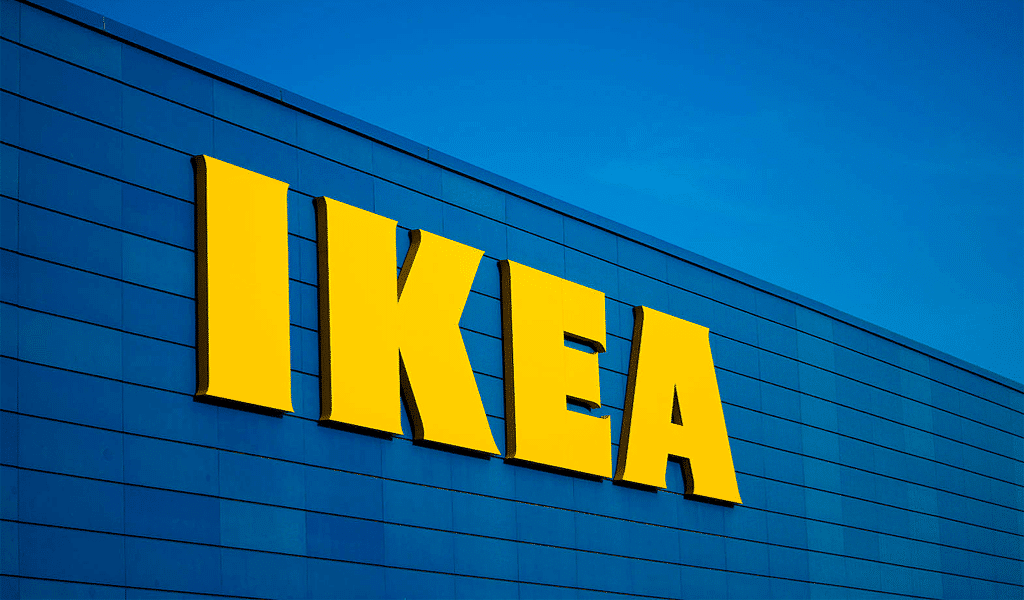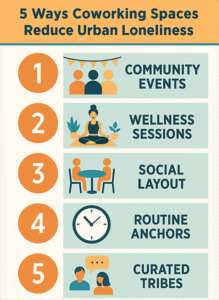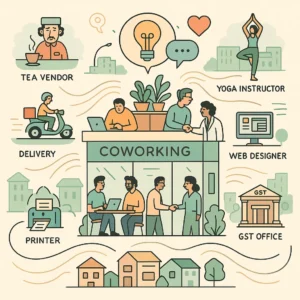We explore the Ikea Business Model in all it’s depth using the Business Model Canvas and help you learn how Ikea makes money.
IKEA is a global retail phenomenon, known for its affordable, well-designed, and functional home furnishing products. The company was founded in 1943 by Ingvar Kamprad, a Swedish entrepreneur who transformed a small mail-order business into a multinational retail empire. The business model of IKEA is built on the idea of providing affordable, high-quality furniture and home accessories to the masses, and it has revolutionized the way people shop for and furnish their homes. In this blog post, we will explore the IKEA business model using Alexander Osterwalder’s Business Model Canvas, a strategic management tool that helps organizations visualize and understand their key components. This analysis will provide insights into the core elements that have led to IKEA’s enduring success.
The Story of IKEA
Ingvar Kamprad was born in 1926 in the small village of Agunnaryd, Sweden. He displayed entrepreneurial tendencies from an early age, selling matches, pencils, and seeds to his neighbors by the time he was just seven years old. At the age of 17, Kamprad registered his mail-order business under the name IKEA – an acronym derived from his initials (Ingvar Kamprad), the name of the family farm (Elmtaryd), and the nearby village (Agunnaryd).
Initially, IKEA sold a variety of products, including pens, wallets, and jewelry. It wasn’t until 1948 that the company shifted its focus to furniture, inspired by Kamprad’s belief that high-quality furniture should be affordable and accessible to everyone. This was a radical idea at the time, as furniture was typically expensive and reserved for the wealthy. IKEA’s first showroom opened in 1953, allowing customers to see and experience the products before purchasing. This was followed by the introduction of the flat-pack furniture concept in 1956, a game-changing innovation that reduced shipping costs and made assembly easier for customers.
Now that we’ve introduced IKEA and its founders let’s delve into the company’s business model using the nine components of the Business Model Canvas.
- Customer Segments
IKEA primarily targets the mass market, with a focus on value-conscious customers who are seeking affordable, well-designed, and functional home furnishing solutions. The company caters to a wide range of demographics, including families, young adults, and professionals. By offering products that appeal to a diverse customer base, IKEA has been able to achieve significant market penetration and build a loyal following.
- Value Proposition
IKEA’s value proposition is built on four key pillars:
a. Affordability: IKEA’s mission is to provide high-quality furniture and home accessories at prices that are accessible to as many people as possible. The company achieves this by leveraging economies of scale, efficient supply chain management, and innovative product design.
b. Design: IKEA is renowned for its Scandinavian design aesthetic, which emphasizes simplicity, minimalism, and functionality. The company collaborates with designers from around the world to create products that are both visually appealing and practical.
c. Convenience: IKEA’s flat-pack furniture concept allows for easy transport and assembly, making the shopping experience more convenient for customers. Additionally, IKEA stores are designed to be self-serve, with customers navigating a pre-determined path through the store that showcases the entire product range.
d. Sustainability: IKEA is committed to reducing its environmental impact by sourcing materials responsibly, using renewable energy, and minimizing waste. The company has also set ambitious sustainability goals, such as becoming climate positive by 2030.
- Channels
IKEA’s primary distribution channel is its network of brick-and-mortar stores, which serve as both showrooms and warehouses. The company operates over 400 stores across 50 countries, with the majority of these locations being large, standalone units situated on the outskirts of urban areas. This store format allows for ample parking and the display of the full range of products, creating an immersive shopping experience for customers.
In addition to its physical stores, IKEA has embraced digital channels, including e-commerce and mobile applications. The company’s website allows customers to browse and purchase products online, while the mobile app offers features like augmented reality room planning and personalized product recommendations. IKEA has also introduced smaller urban stores and planning studios in select cities, which serve as additional touchpoints for customers who may not have easy access to a full-sized store.
- Customer Relationships
IKEA fosters customer relationships through a combination of self-service and assisted shopping experiences. In-store, customers can navigate the showrooms at their own pace, with knowledgeable staff available to provide assistance when needed. The company also offers services such as home delivery, assembly, and installation, as well as a comprehensive after-sales support system that includes warranties, returns, and customer service.
IKEA Family, the company’s loyalty program, is another important aspect of its customer relationship strategy. The program offers members exclusive discounts, product previews, and access to in-store events and workshops. By providing added value to its customers, IKEA is able to build long-lasting relationships and encourage repeat business.
- Revenue Streams
IKEA generates revenue primarily through the sale of its furniture and home accessories, which account for the vast majority of its turnover. In addition to product sales, the company also earns revenue from its in-store restaurant and food market, as well as from ancillary services such as home delivery, assembly, and installation.
- Key Resources
IKEA’s key resources include:
a. Brand: The IKEA brand is synonymous with affordable, well-designed, and functional furniture, and it is one of the company’s most valuable assets.
b. Supply Chain: IKEA’s efficient and extensive supply chain enables it to source materials at competitive prices, manufacture products at scale, and distribute them globally.
c. Store Network: The company’s network of stores serves as both showrooms and distribution centers, facilitating an immersive shopping experience and efficient product delivery.
d. Intellectual Property: IKEA’s product designs and innovations, such as the flat-pack furniture concept, are protected through patents and copyrights, ensuring that the company maintains a competitive advantage in the market.
- Key Activities
IKEA’s key activities include product design and development, supply chain management, store operations, and marketing. The company invests heavily in research and development to create innovative, well-designed products that meet customer needs. Additionally, IKEA’s focus on efficiency and cost control extends throughout its entire value chain, from procurement to logistics and store operations.
- Key Partnerships
IKEA’s key partnerships include:
a. Suppliers: The company works closely with a network of over 1,000 suppliers across 50 countries, ensuring a steady supply of materials and components at competitive prices.
b. Designers: IKEA collaborates with a diverse range of designers from around the world to create its product range, combining global design trends with the company’s Scandinavian design philosophy.
c. Local Communities: IKEA engages with local communities in areas where it operates, contributing to local economies through job creation and support for social and environmental initiatives.
- Cost Structure
IKEA’s cost structure is characterized by its focus on efficiency and cost control. Major cost drivers include material and manufacturing costs, store operations and maintenance, logistics and transportation, and marketing expenses. The company’s commitment to lean operations and continuous improvement enables it to minimize costs and maintain its competitive pricing strategy.
IKEA’s success can be attributed to its unique business model, which centers around providing affordable, well-designed, and functional furniture to the mass market. By analyzing the company through the lens of Alexander Osterwalder’s Business Model Canvas, we can see how each of its components works together to create a cohesive and effective strategy.
From its customer-centric approach, which focuses on delivering value through affordability, design, convenience, and sustainability, to its efficient supply chain and store operations, IKEA has built a competitive advantage in the home furnishings market. The company’s emphasis on innovation, both in product design and business processes, has allowed it to continuously adapt and evolve in response to changing consumer preferences and market trends.
Furthermore, IKEA’s commitment to sustainability and its engagement with local communities demonstrate that the company is not only focused on profitability but also on creating a positive social and environmental impact. By staying true to its core values and leveraging its key resources, activities, and partnerships, IKEA has established itself as a global retail powerhouse and a model for other businesses to emulate.
In conclusion, IKEA’s success story serves as a prime example of how a well-conceived and executed business model can lead to enduring success in the marketplace. The company’s journey, from its humble beginnings as a small mail-order business to a multinational retail empire, is a testament to the power of innovation, efficiency, and customer-centricity. By understanding and applying the principles outlined in the Business Model Canvas, entrepreneurs and business leaders can glean valuable insights into the factors that drive success and use these lessons to inform their own strategic decision-making.
Did you know? Corporate teams like to use our coworking space in Bangalore.
Learn more about our coworking space on YouTube where we talk about a variety of topics including personal finance, entrepreneurship, business and life.
Did you know? We also have a private theater in Bangalore.




